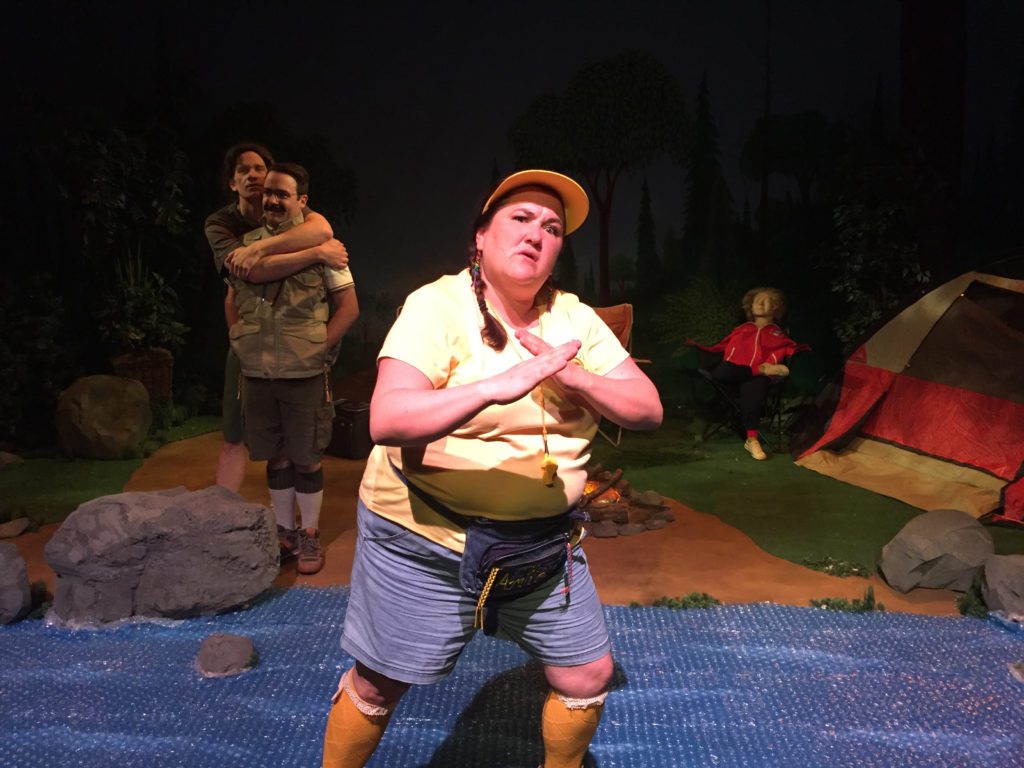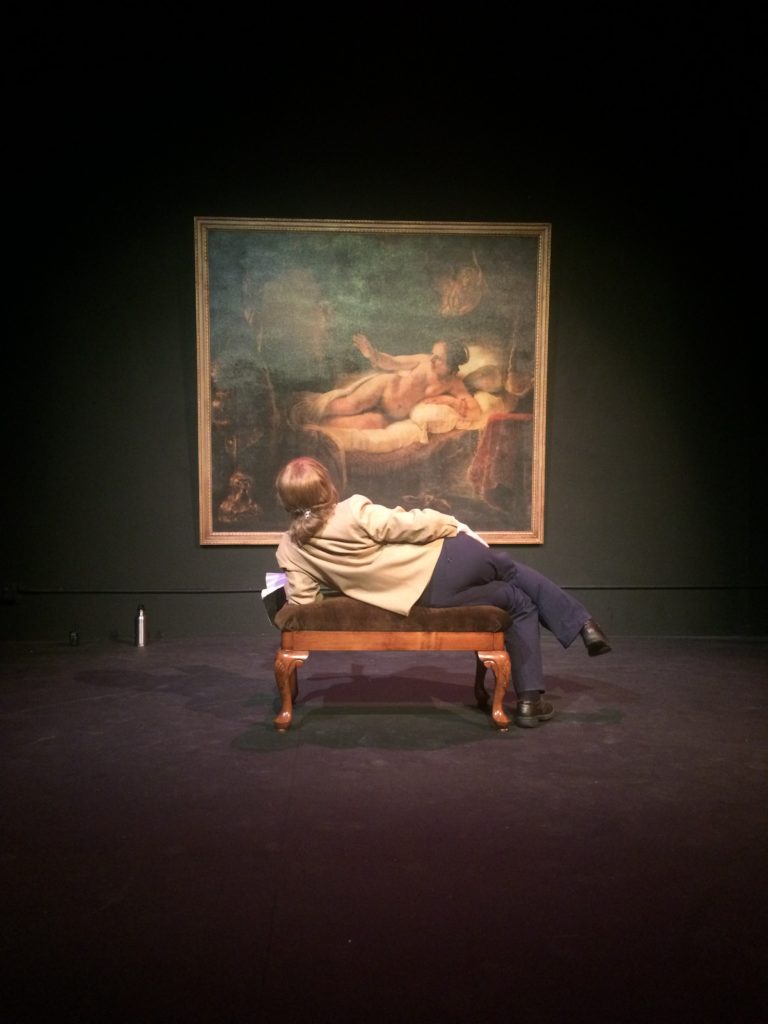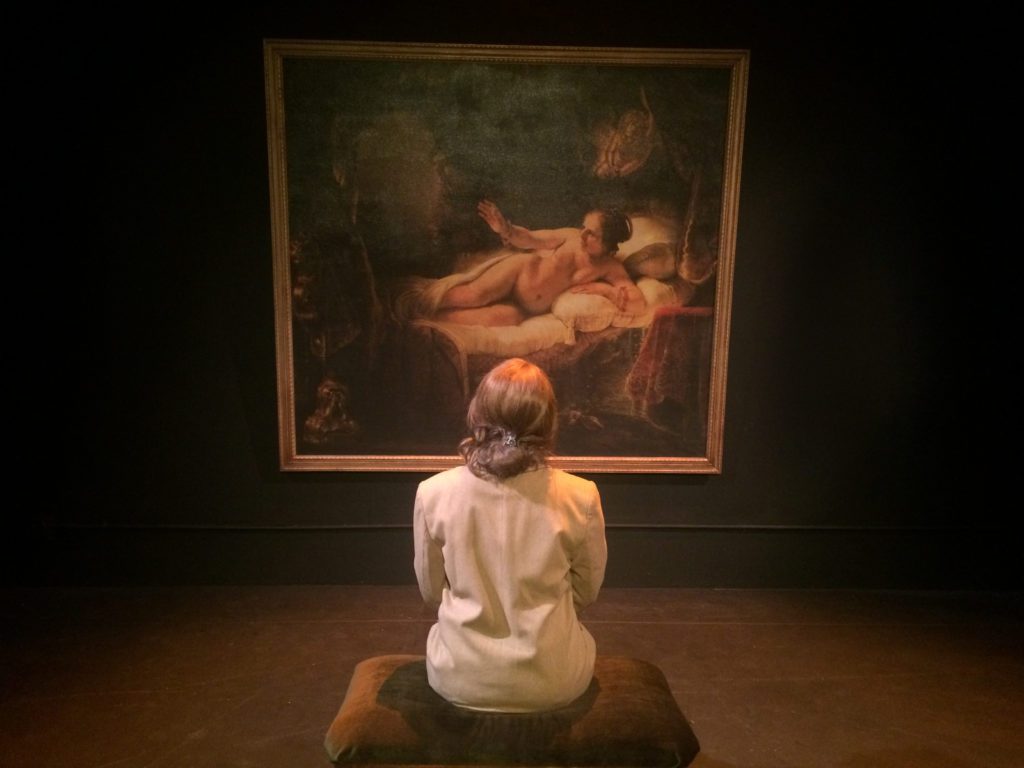I am the first to admit that the Buntport team are a lot smarter and more well read than I. Many of their productions contain symbolism I only begin to understand …. and then they make me laugh and I forget what I was trying to figure out. What I do understand about all of their shows is the stunning creativity of theme, dialogue and setting. You never know what you’re going to get with a new Buntport show except that it will be innovative in concept and brilliant in performance.
As it is with GREETINGS. I don’t really care that this “Oscar and Felix Go Camping” evening is combined with “Waiting for Godot” and Greek mythology. It made me laugh. Out loud and often. We have two mismatched friends on their annual camping weekend. One (Erik Edborg) is laid back and casual – ready to spend the time reading and enjoying nature. His friend (Brian Colonna) has brought equipment and supplies for every possible contingency and/or catastrophe. He is neurotic and uncomfortable in this outdoor environment. He sets a timer so he can renew his sunscreen every two hours and then wears a ski mask so it won’t evaporate.
Their adventures in camping are accompanied by memories of a long-ago camp counselor names Amie (Hannah Duggan) who gave them safety tips wile warning them of the dire dangers of going too near the water. For instance, she starts a lecture on the correct way to canoe and ends up admonishing them that to be really safe, they should just stay out of the water. While most of the time, she serves as a Greek chorus memory to their certainty of disaster, she also interacts invisibly with the campers to deliver those disasters. She lowers a raven into their midst to steal their food, she delivers beetles on their persons, and she becomes the literal bear in the woods of their nightmare.
There was apparently a third party to their annual camp out who left somehow since the last outing. He probably served as a catalyst between these two. Without him, there doesn’t seem to be much connecting the two remaining except the patience and willingness to concede shown by Erik’s character.
I know it doesn’t sound like much of a plot – sitting in the woods talking in front of a bubble wrap river. But it is their random observations, their reactions to the perfectly normal woodsy things that happen to them, the contrast in character between the two, and the absurdity of Brian’s over-preparedness that make it all so funny. Top it off with Hannah’s unabashedly ridiculous camp counselor and you’ve got a laugh out loud evening of fun.
As usual, every detail of the production was carefully prepared and meticulously executed. From the before-mentioned bubble wrap river to the Darth Vader Pez container to the raven that flies in to the fishing expedition, it’s all there waiting to be enjoyed. So GO – Enjoy!!
-Becky Pineda, May 27, 2016, GetBoulder.com







